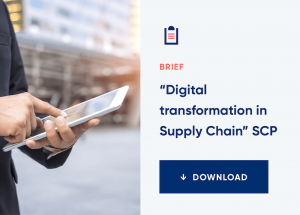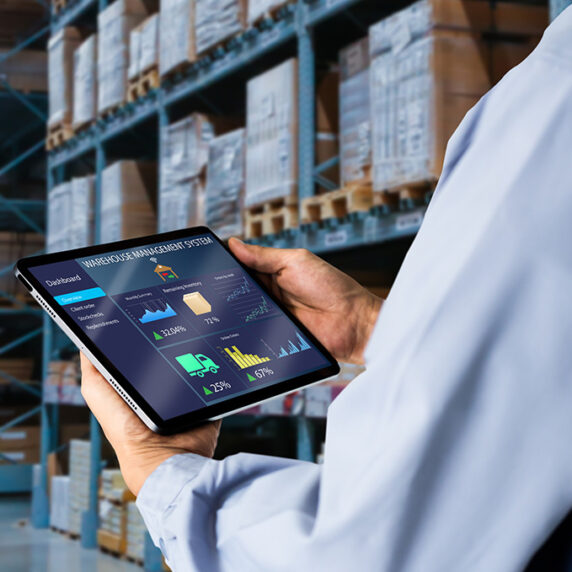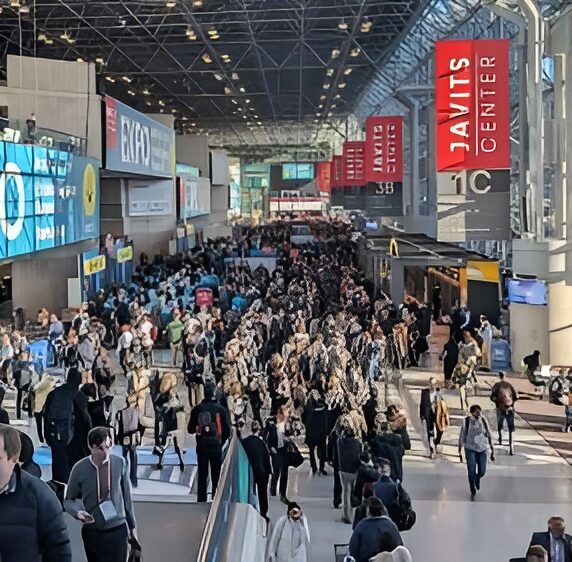“When Worlds Collide”: Technology Drives a Convergence in Supply Chain Planning and Execution
A recent Supply Chain Digest benchmarking study showed that most supply chain executives (83%) believe that planning cycles will accelerate and move towards a more real-time paradigm. They viewed the convergence between supply chain planning and execution as a major opportunity for improved visibility and accelerated planning.
The next two blog posts will be about this coming fundamental change to our field. To be clear, this revolution is just beginning in most businesses. So despite expectations, there is no revolution yet. But it’s begun. And here is what to expect.
The big story is that closed loop/ adaptive planning will overcome disconnected planning processes. This approach connects upstream demand sensing with downstream supply chain execution. Instead of baked-in latency, more real-time feedback on execution drives continuous re-planning, blurring the line between operational planning and execution.
A move towards more real-time planning accelerates feedback loops. Instead of disconnected processes that throw each result over the wall, we begin moving to an integrated process. It’s faster and more reactive. It has a much greater level of responsiveness and flexibility. This trend will enable companies to be a lot more responsive and agile in reacting to changes in supply or demand conditions.
Synchronizing upstream and downstream processes also means that an integrated demand signal can propagate across the value chain. So logistics, manufacturing and the customer-facing teams are better positioned to deliver the desired service at the most effective cost structure.
This convergence also means that planning can be integrated across hierarchical levels. Currently most supply chain planning takes place at multiple levels, from high-level strategic planning down through tactical planning and operational execution. As the process moves down that hierarchy, planning horizons shrink– and each level brings different software, different data, and a different model of the supply chain. This causes a lot of disconnected processes and lots of latency. But the brewing shift in planning technologies is changing this traditional hierarchical approach. Tightening planning and execution processes also connects supply chain strategy, planning and execution.
The big driver? Data – lots of data – more and new data in forecasting and planning. There is much more data available today and software tools are becoming available to leverage it. Significant advances in hardware processing power and connectivity also help. This new planning approach leverages demand analytics, using increased granular visibility down at the SKU-Location level. Thisgranular visibility – every customer, every SKU, every order – from downstream sales channels helps create an “Outside-In” approach to demand management. It takes advantage of demand streams, such as order lines, store-level POS data, web-based transactions or customer warehouse data to provide much clearer visibility into future demand. For a good example, see the Costa Coffee case study in our previous blog.
As supply chain planning and execution converge, where does it ultimately lead? What might fully integrated, fully automated supply chain planning look like? In our next blog we’ll examine something similar that already exists, giving us a peek into the future.
Note: Thanks to Bruce Richardson, formerly of AMR Research (since acquired by Gartner Group), for the title “When Worlds Collide”. I used to kid Bruce that every speech he ever gave had that same title. It turned out to also be a good title for this blog post.
Click below to read a brief on Digital Transformation in Supply Chain Planning.







